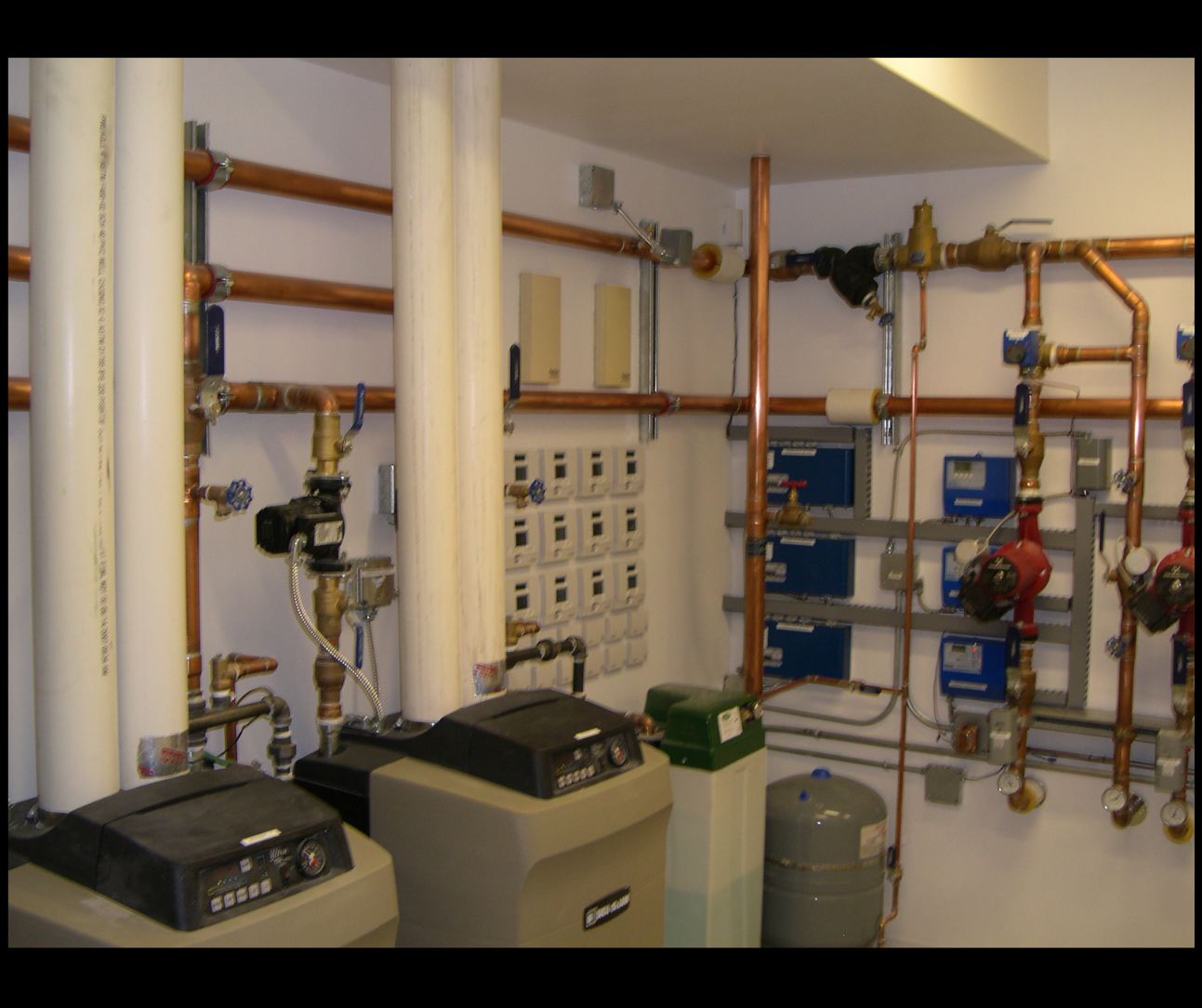Hydronic Systems: Volume and Glycol Add Calculations:
When working with hydronic systems it is often necessary to calculate the volume of the system in order to know how much cleaner, inhibitor, or glycol to use on a project. It is critical to utilize the proper levels of inhibitor or glycol in order to effectively prevent the system from corrosion or freezing. In addition, it is also just as critical not to over-treat the system with inhibitor or glycol as it can cause undesirable affects. For example, adding too much glycol will reduce the heat transfer and reduce pumping efficiency.
To calculate the system volume, you will need to determine the total volume of water in the system. This can be done by measuring the volume of each component, such as the boiler, expansion tank, and piping. Determining the volume of fluid in the piping can be a time-consuming process. I have created a FREE calculator (https://payhip.com/b/gPIc1) that you can use to assist in this endeavor. Once you have the total volume of water in the system, you can then determine the correct amount of inhibitor or glycol to add.
It's important to note that the amount of inhibitor or glycol needed will depend on the specific product being used, as well as the climate and operating conditions of the system. For example, a system located in a colder climate will require a higher concentration of glycol to prevent freezing.
When adding inhibitors or glycol to a hydronic system, it's important to follow the manufacturer's instructions carefully. This will ensure that the correct amount is added, and that the system is properly protected.
When working with hydronic systems with glycol there are many times when the glycol gets diluted with water. When this occurs, the technician needs to remove a specific amount of diluted fluid and add 100% pure glycol to get the mixture back to the desired concentration. I have created a calculator to determine exactly how much of the diluted mix to remove, and how much pure glycol to add. This Glycol Add Calculator (https://payhip.com/b/mZAuB) is very valuable as it allows the technician to know how much glycol to take to the job, and they will know exactly how much mix to remove and pure glycol to add to get to the correct mixture. I have used this calculator on projects hundreds of times over the years, and it saves time and money!
The one caveat of the Glycol Add Calculator is that you need to have a fairly accurate estimate of the system volume. This can be calculated using the Volume Calculator (see above) or you can use your best judgement. In the event that you are way off, you may not add enough glycol to the system. When this happens, you can use the Volume from Change Calculator (which is also provided with the Glycol Add Calculator) to enter the starting and ending glycol percentages and thus calculate the exact Volume. This Volume can then be used in the Glycol Add Calculator for a final and accurate calculation of how much mix to remove and pure to add.
In summary, calculating the system volume in a hydronic system is crucial for determining the correct amount of inhibitor or glycol to use to prevent corrosion or freezing. Knowing the correct volume prevents adding too much glycol or inhibitor and in turn maximizes the efficiency of the hydronic system.



Comments ()